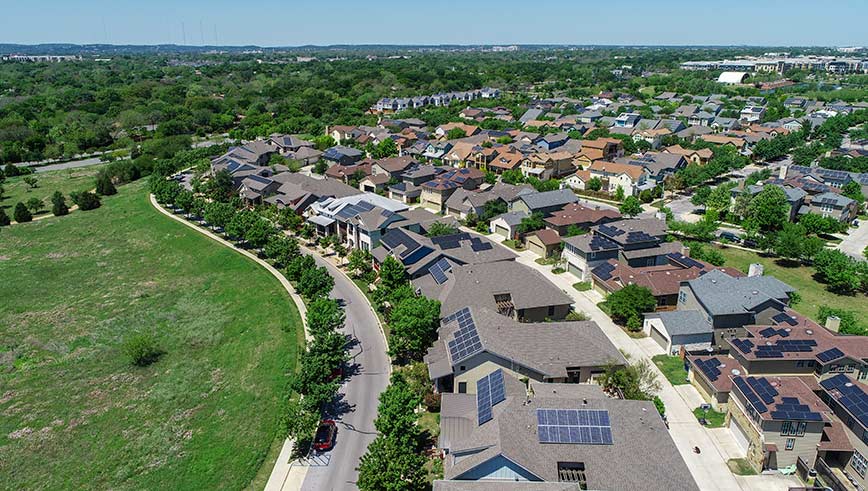South Australia has become the first state in Australia, and possibly the first in the world, to roll out flexible export limits for homes with rooftop solar panels at scale.
On July 1, new rules came in that mean all new solar systems must be technically compatible with flexible export limits of 10kW.
The new system requires modern inverter technology to be installed with rooftop panels so that exports can be remotely controlled and ramped up and down, to better suit the needs of the grid and manage new concepts such as minimum demand.
Flexible exports are promoted on the basis that distributed network service providers (DNSPs) can avoid switching them off altogether, as is being proposed in Queensland, or proposing hard and inflexible limits on rooftop solar exports, which has been usual practice around Australia.
The new system does not apply to existing rooftop solar systems nor will it apply to those which export nothing to the grid.
Exemptions apply for battery storage systems until March 1, 2024, SA Power Networks says.
SA proves it’s possible
Currently, all homes in Australia with rooftop solar can’t send more than 5kW of electricity back into the grid. These fixed limits were to prevent rooftop PV from overloading the grid during the day.
A trial, first mooted in 2020 by SAPN and rolled out in 2021, showed that most customers were capable of exporting up to 10kW of electricity 98 per cent of the time. The other option instead of flexible limits was a hard cap of 1.5kW at all times.
The remaining 2 per cent of the time when the local network became congested, the energy regulator could scale back exports.
It also means during emergencies, such as storms affecting electricity distribution, SAPN may not need to rely so heavily on the Big Solar Button, the Remote Disconnection and Reconnection (RD&R) emergency backstop for rooftop solar as remote control gives the DNSP more options.
Following the leader
Solar Analytics CEO Stefan Jarnason expects Victoria to be the next to shift to flexible exports he hopes by late 2024 — provided Western Australia doesn’t make a surprise move first — followed by New South Wales or Queensland in the next two years.
Solar Victoria said in May that it wants all new inverters sold through its Solar Homes rebate program to be flexible exports-ready from 1 March next year.
“The main thing it opens the door to is larger solar systems. Previously people were putting on 5kW solar systems, now the average is 9kW,” Jarnason says.
“When you electrify your own home, an electric car, hot water, air conditioning, cooking, ideally you want 20kW. This opens the door to that, and on those days when there’s too much in the grid that can be throttled back. There is literally no downside, unless you own a coal power station.”
The new rule won’t suit everyone: it won’t benefit people with rooftop systems smaller than 5kW, but anything over 7kW is definitely better off, Jarnason says.
Rooftop solar even with export limits has been the largest source of downwards pressure on power prices over the last five years.
Jarnason expects the new technology, which will let even more 5-10c/kWh electricity into the South Australian grid, will be even more influential on local power prices.
Inverter companies needed time to comply
It has taken South Australia time to introduce the new rules, as investor manufacturers needed to be given time to build appropriate software.
The rule was supposed to come in on 1 December last year but was delayed to give inverter manufacturers more time.
At the time only a handful of inverter models from a small number of manufacturers met the requirements for flexible exports, using the SwitchDin Droplet, but companies Fronius and SMA were designing “native” inverter software for their inverters.
Chinese inverter company Sunglow got its compliance tick in May.










